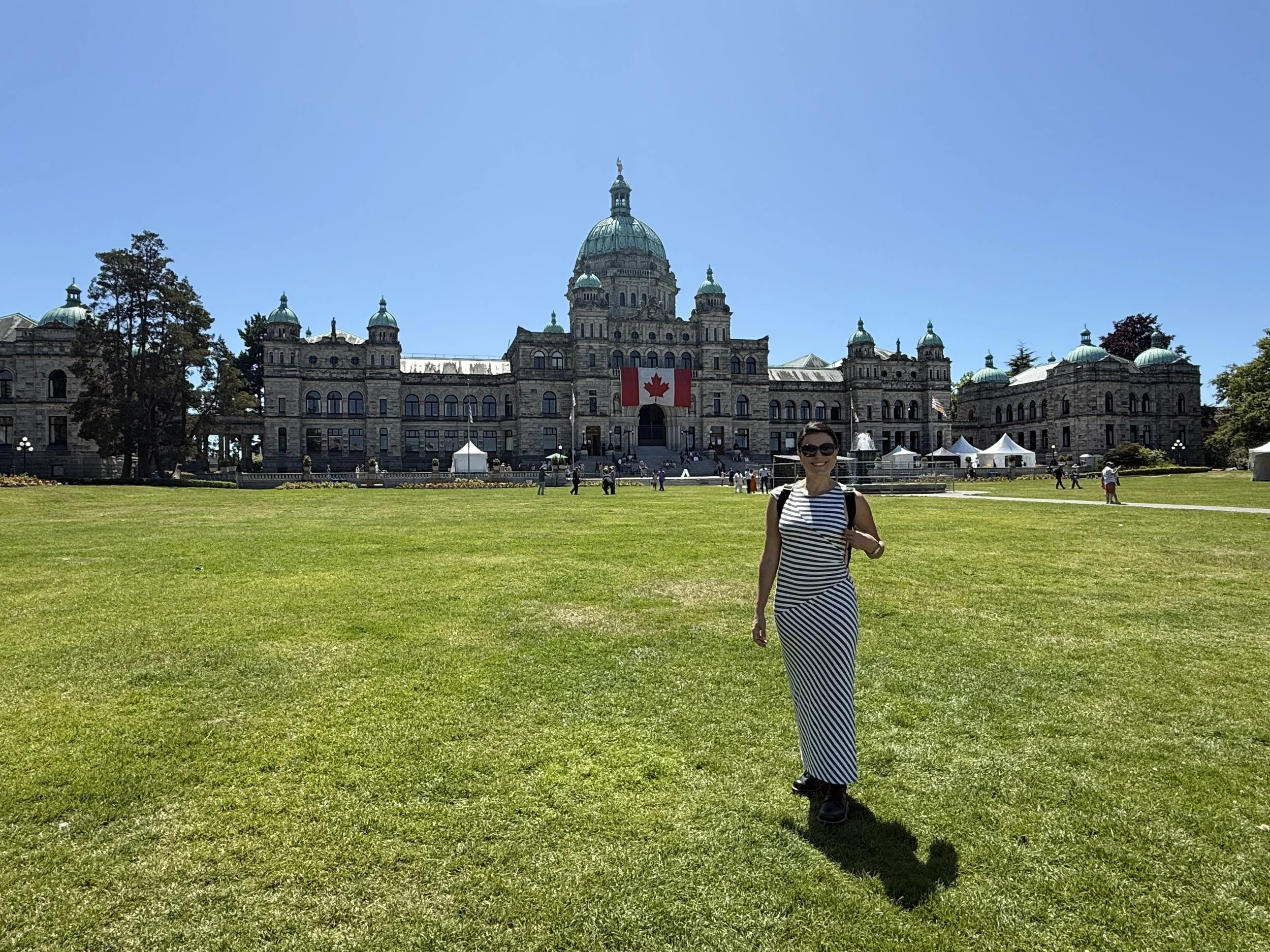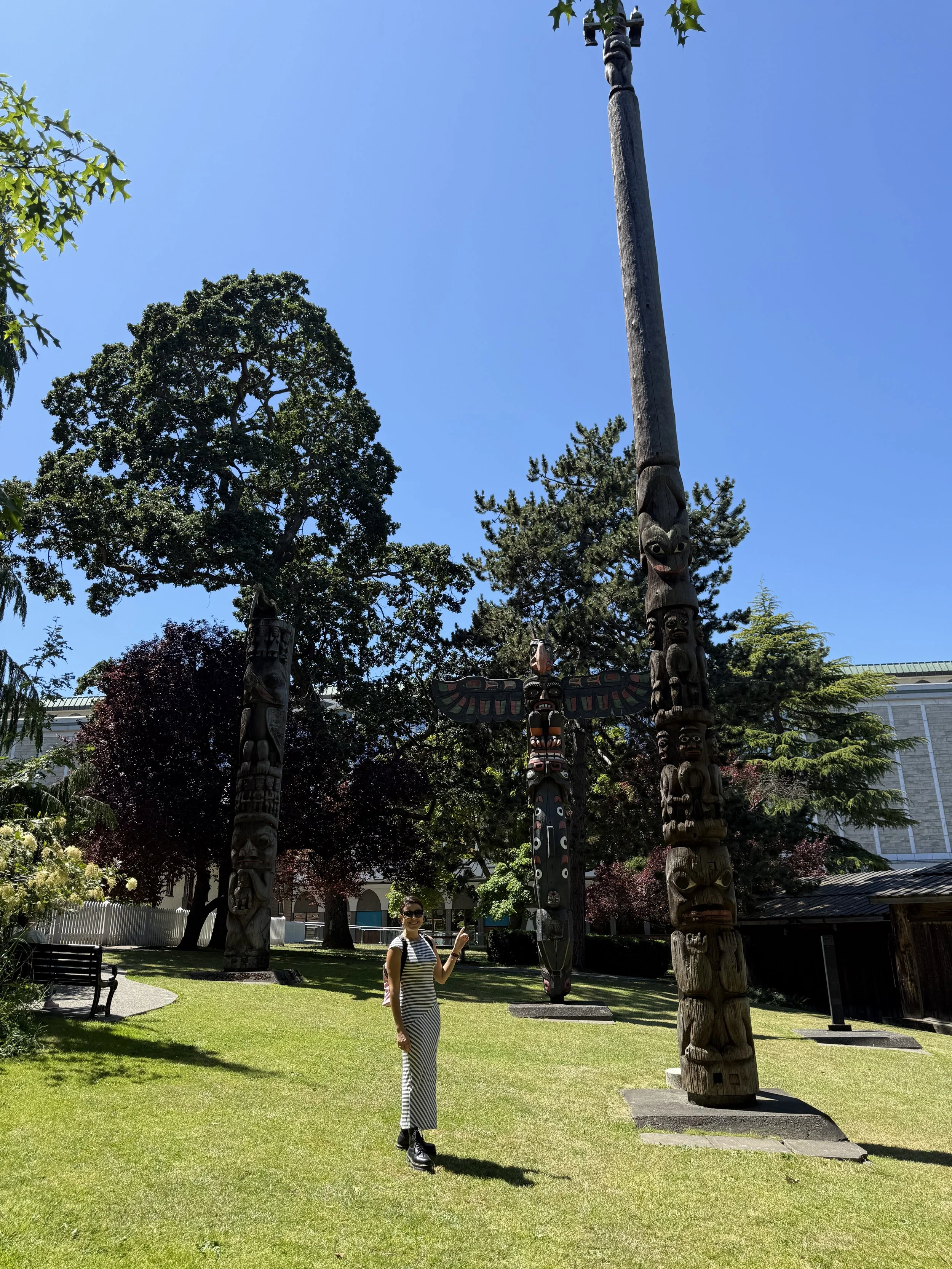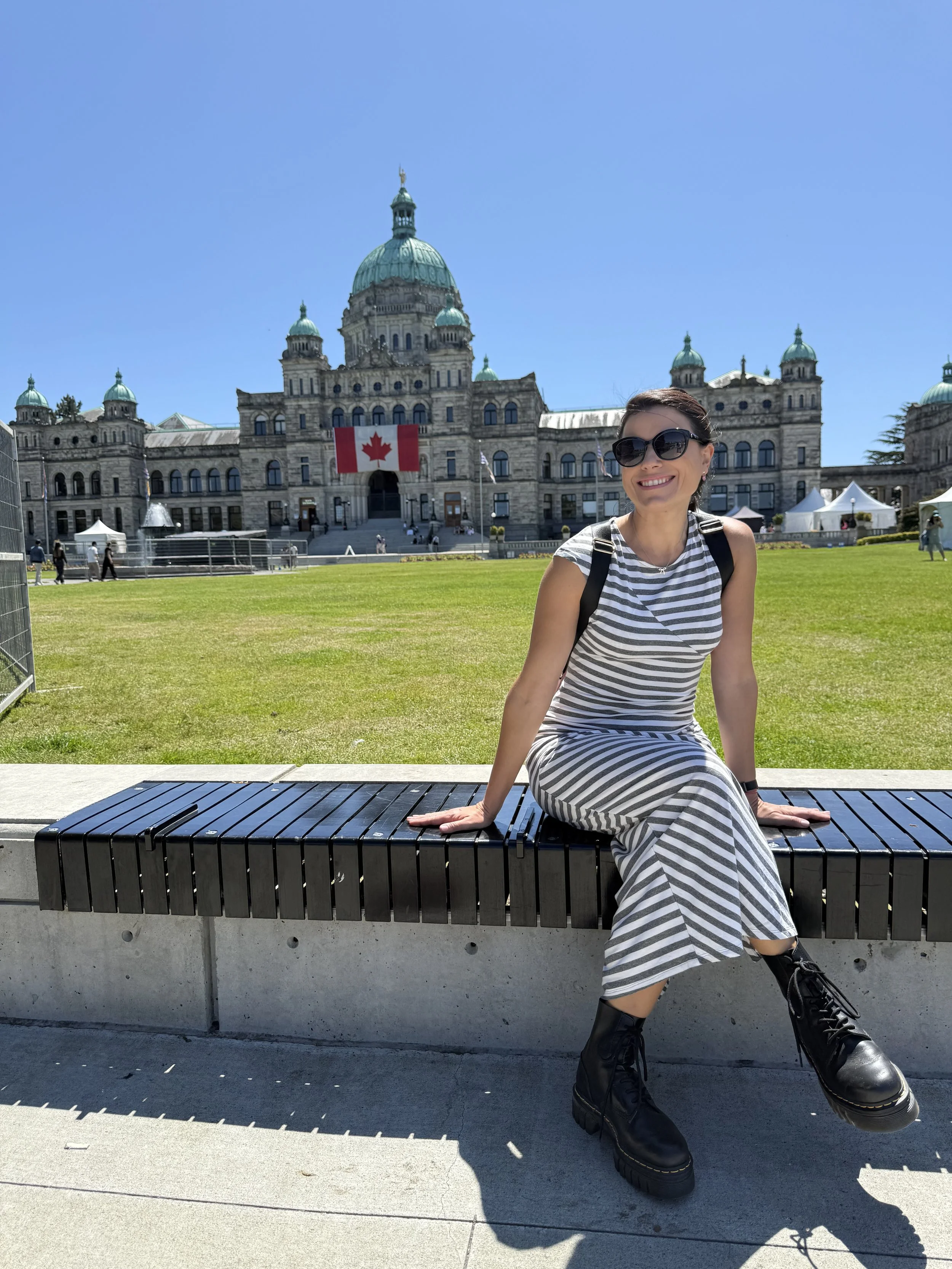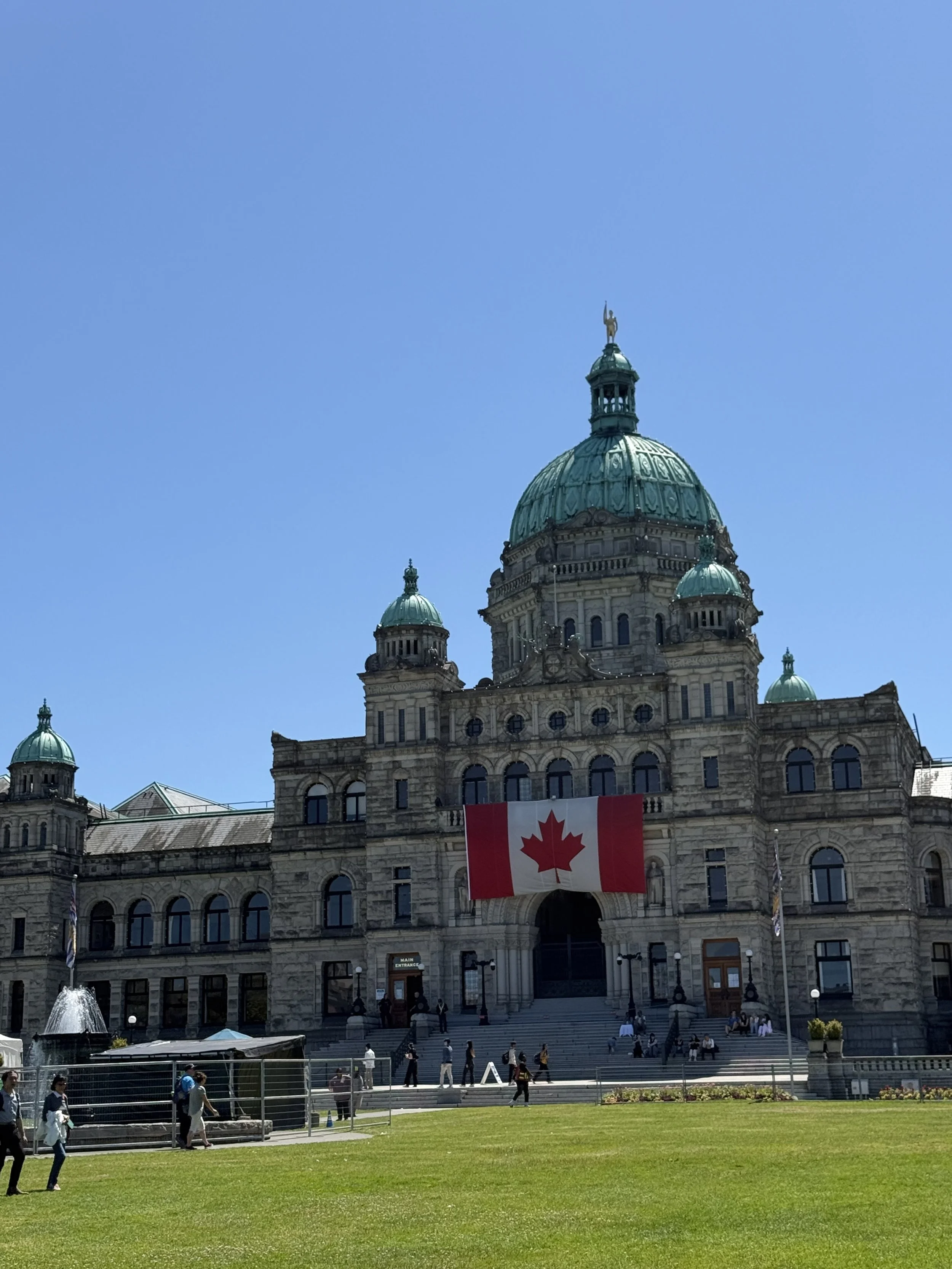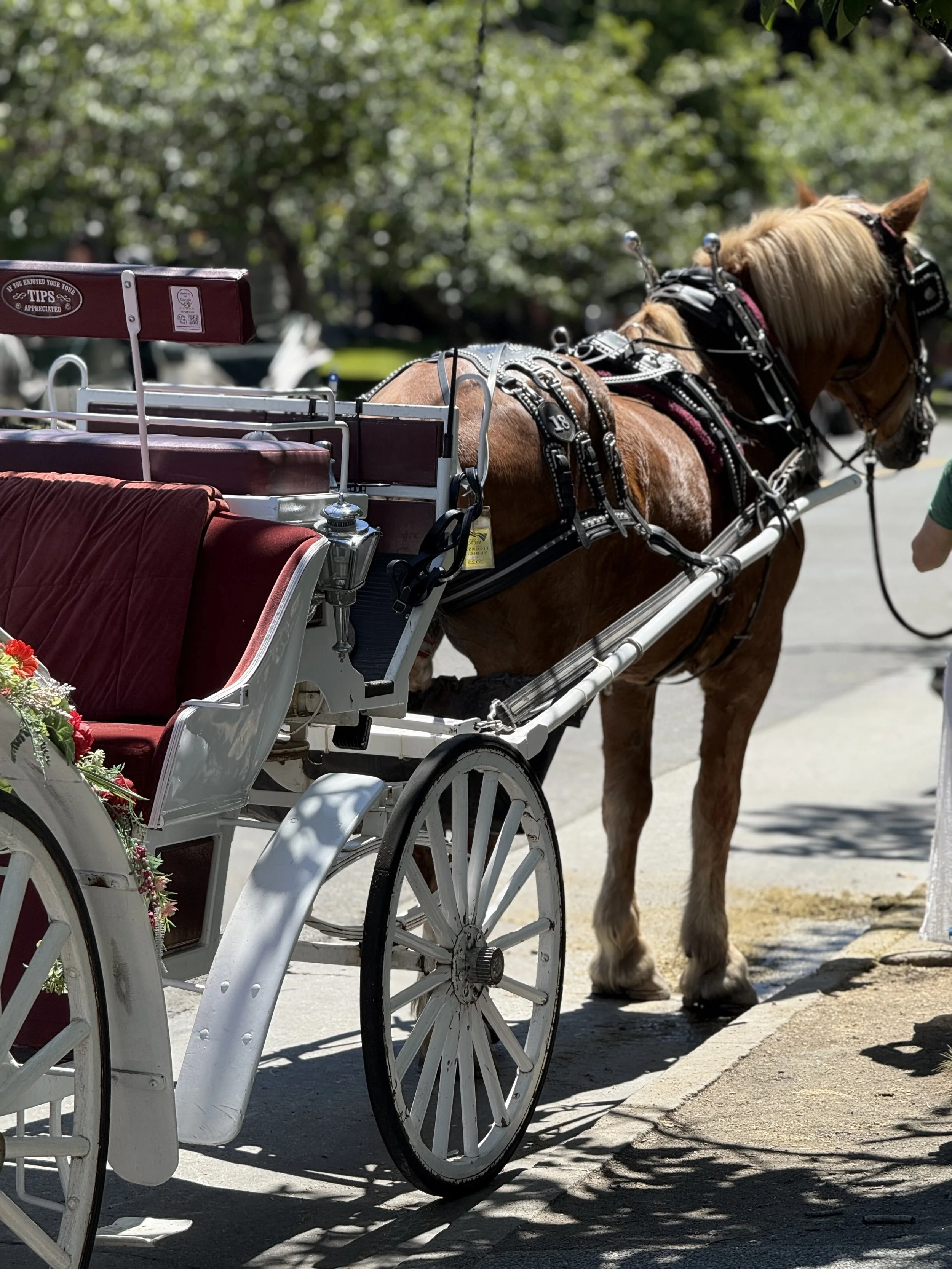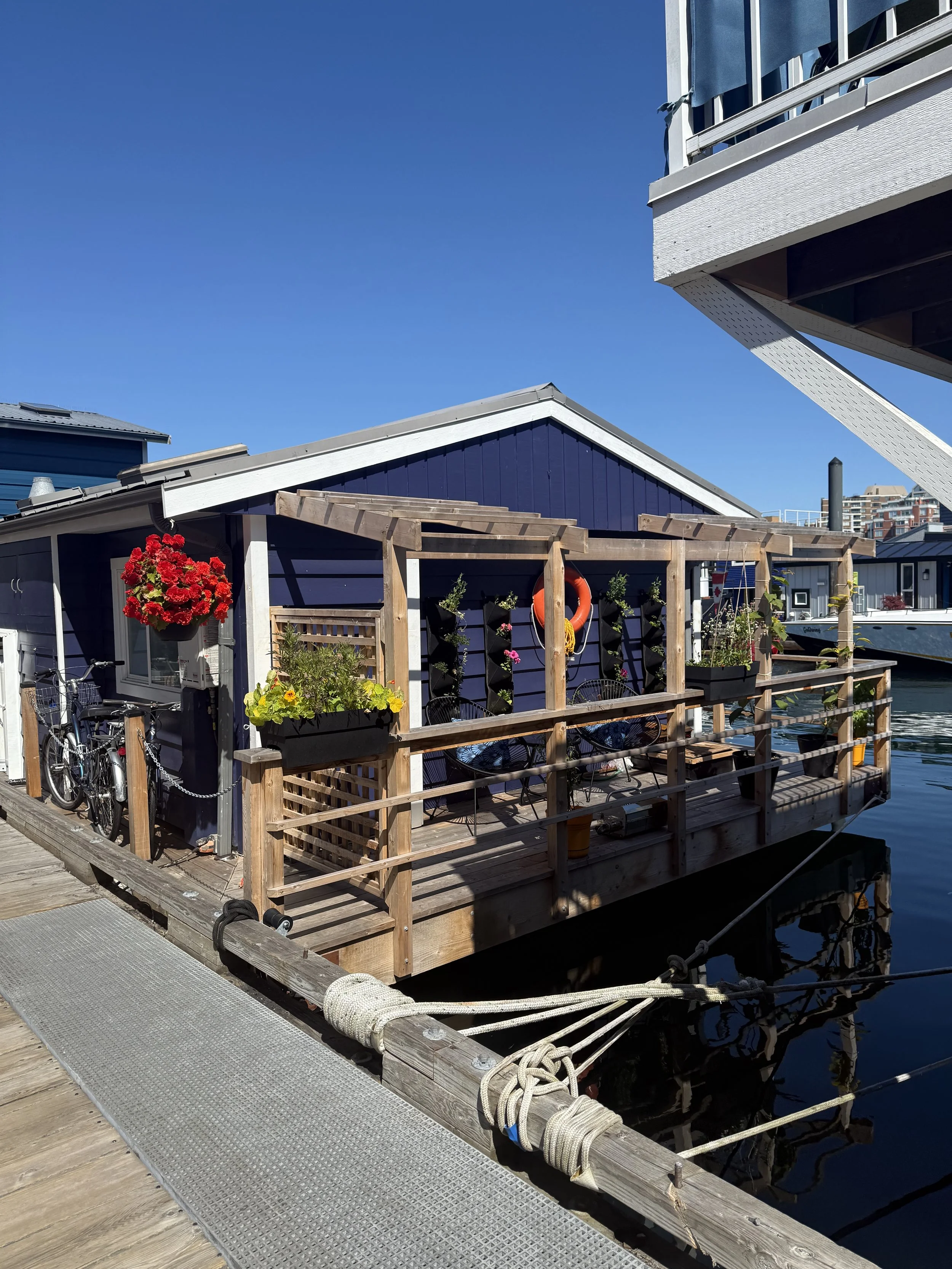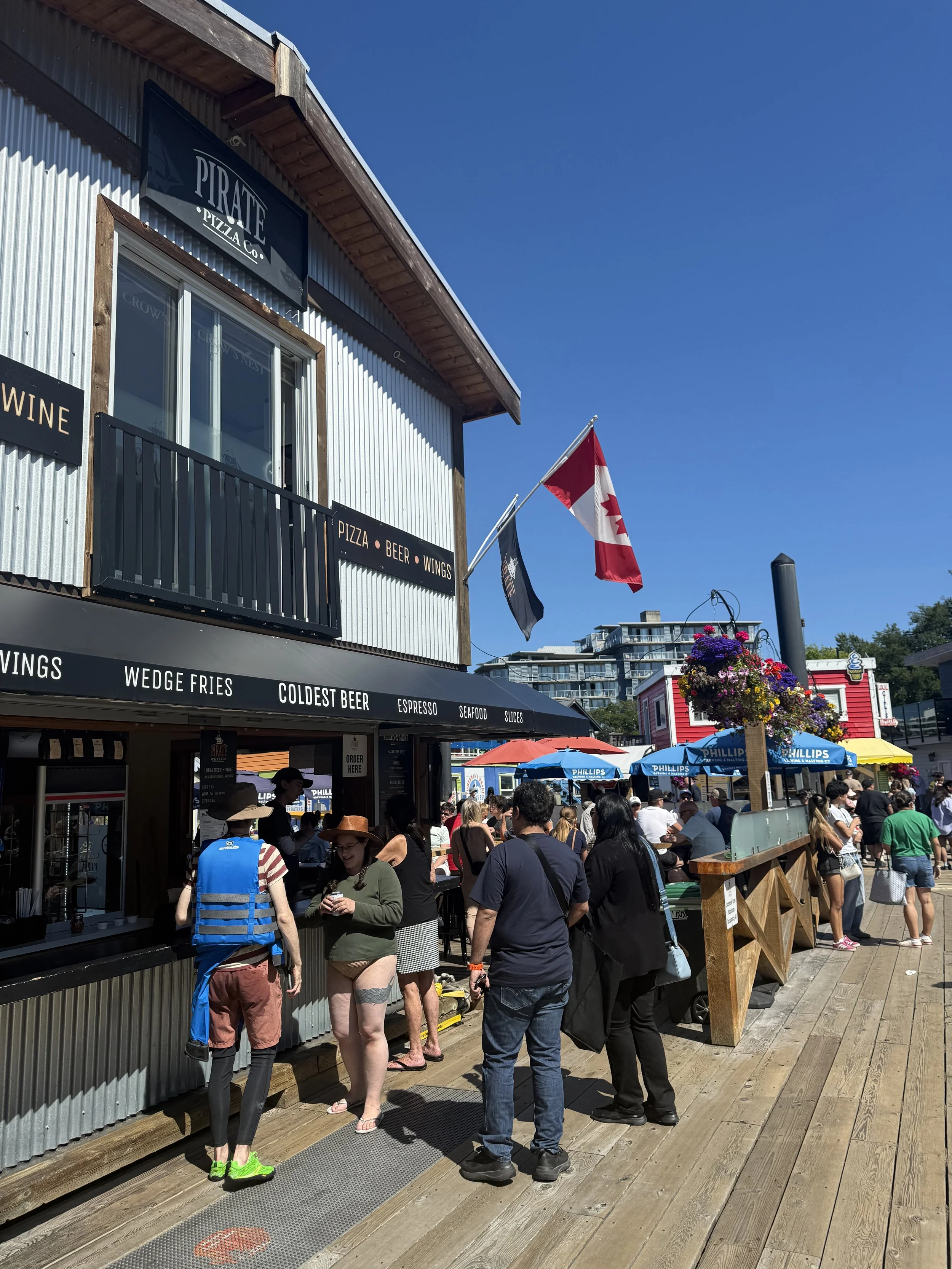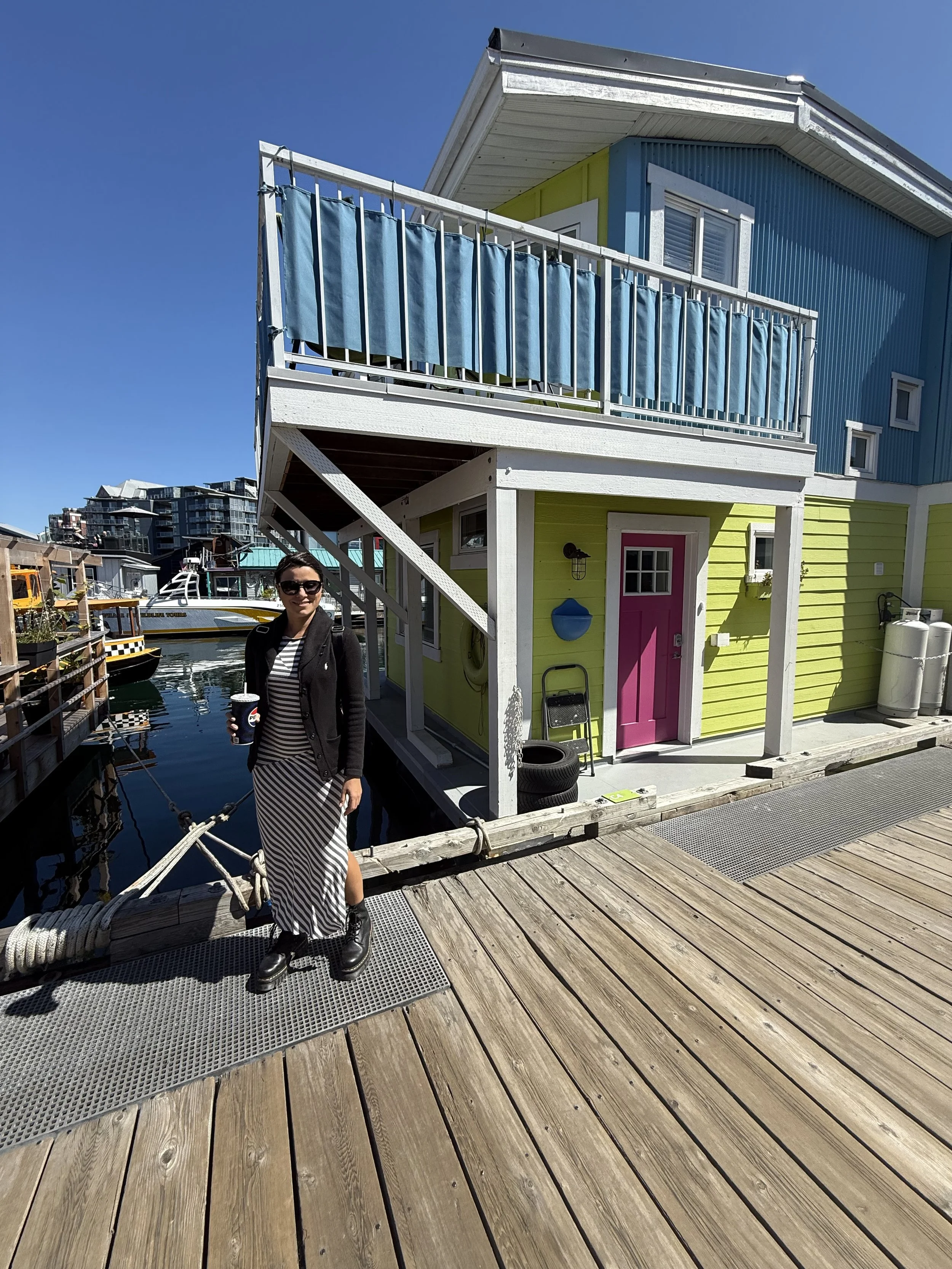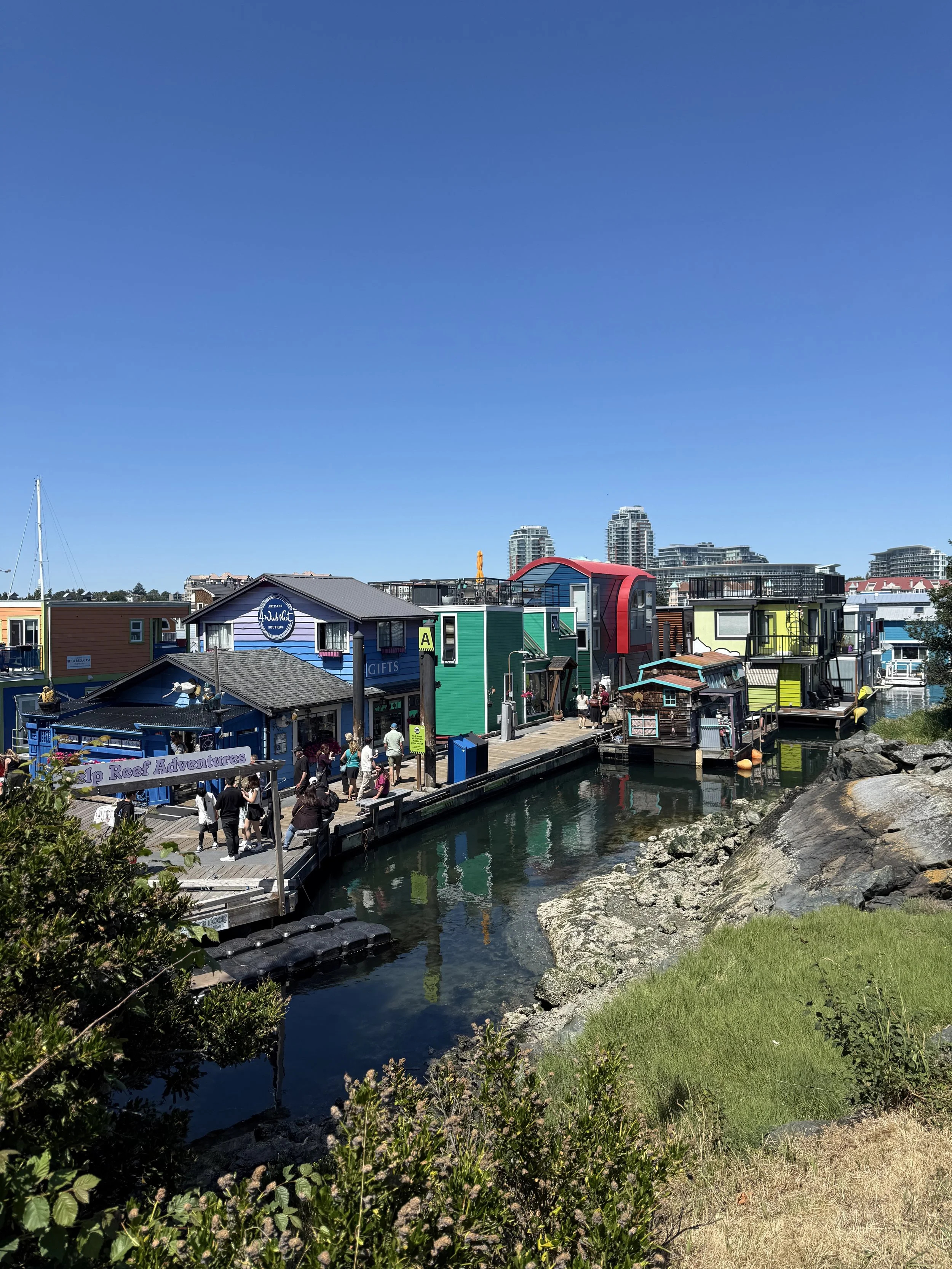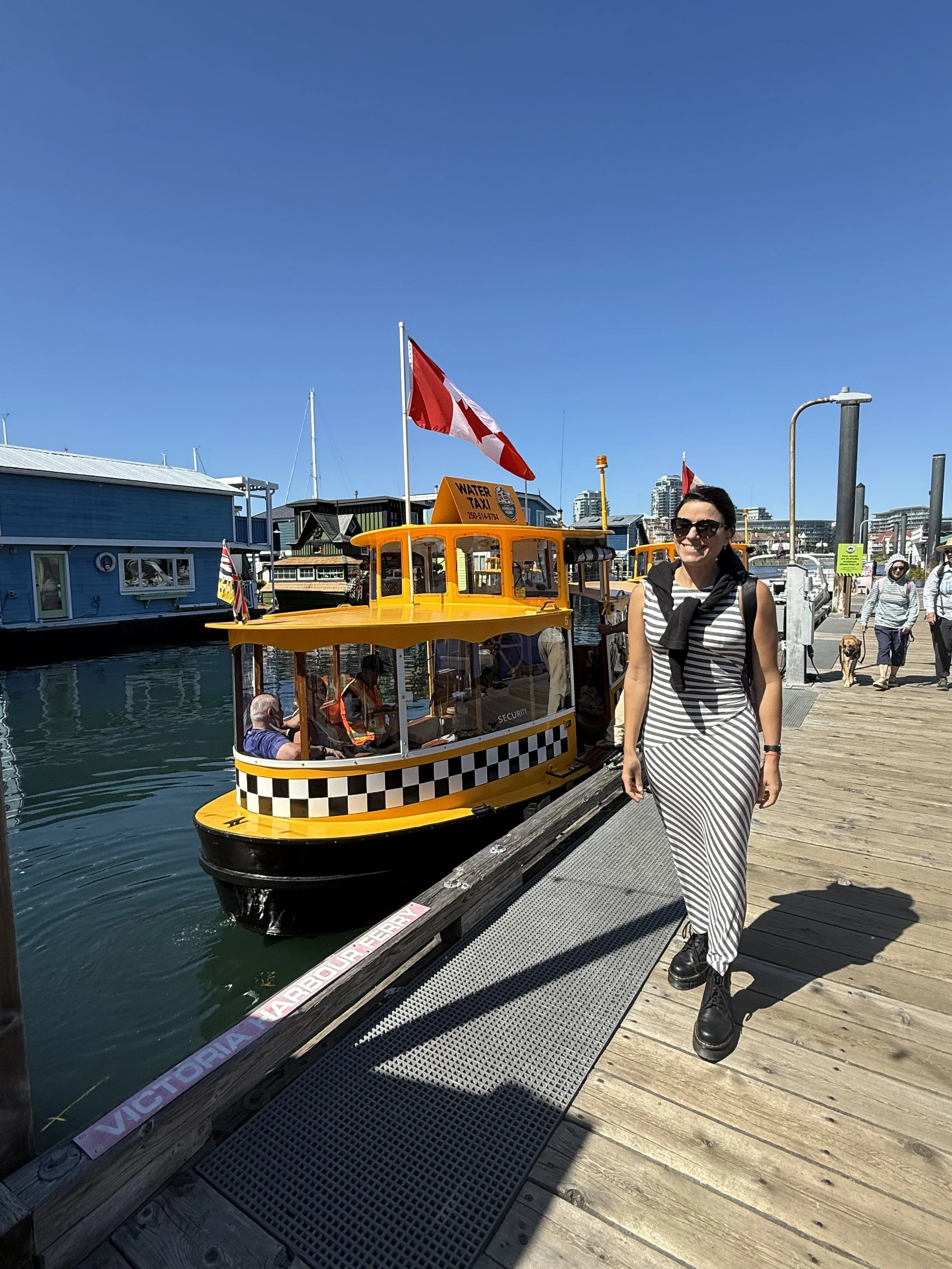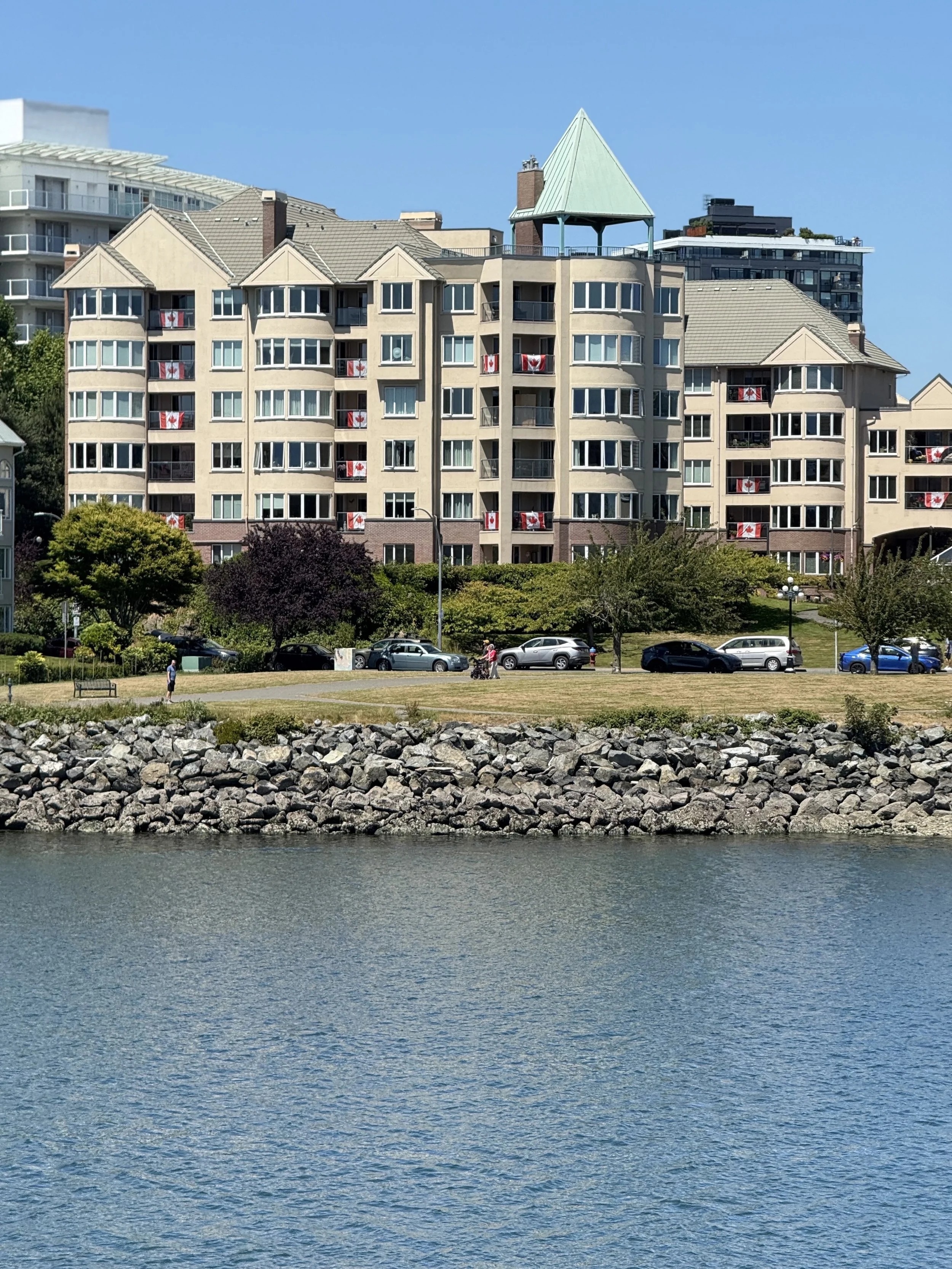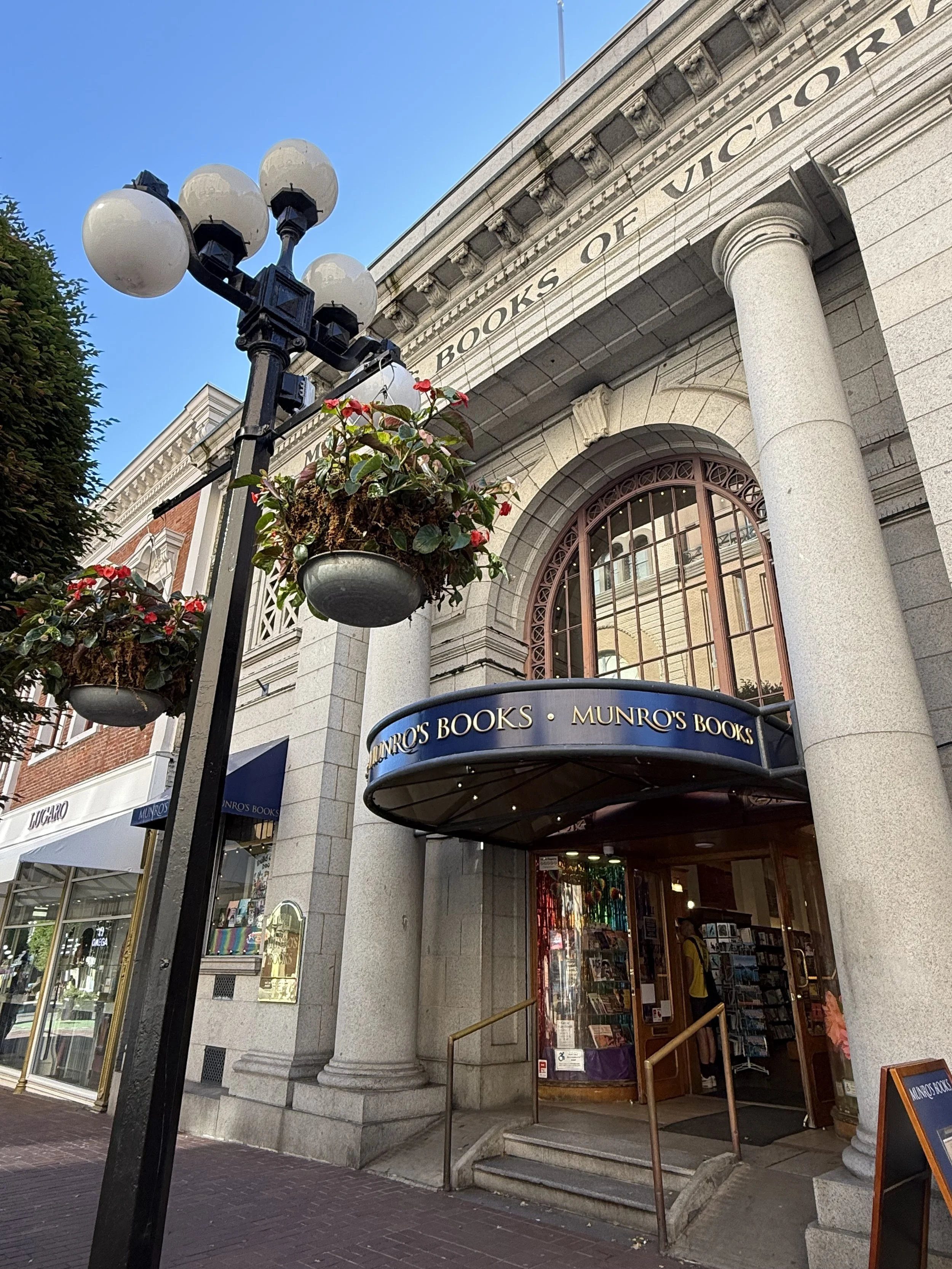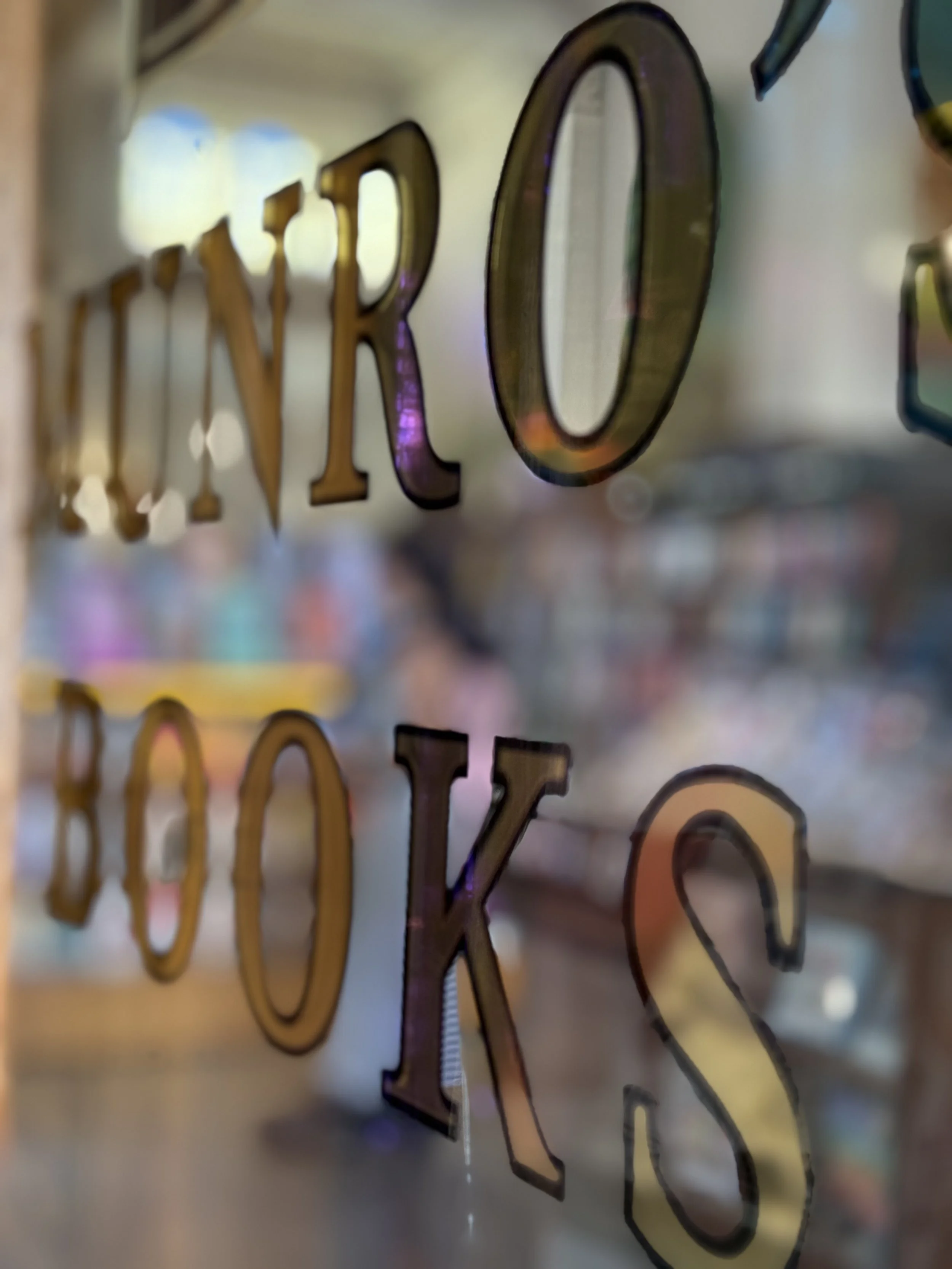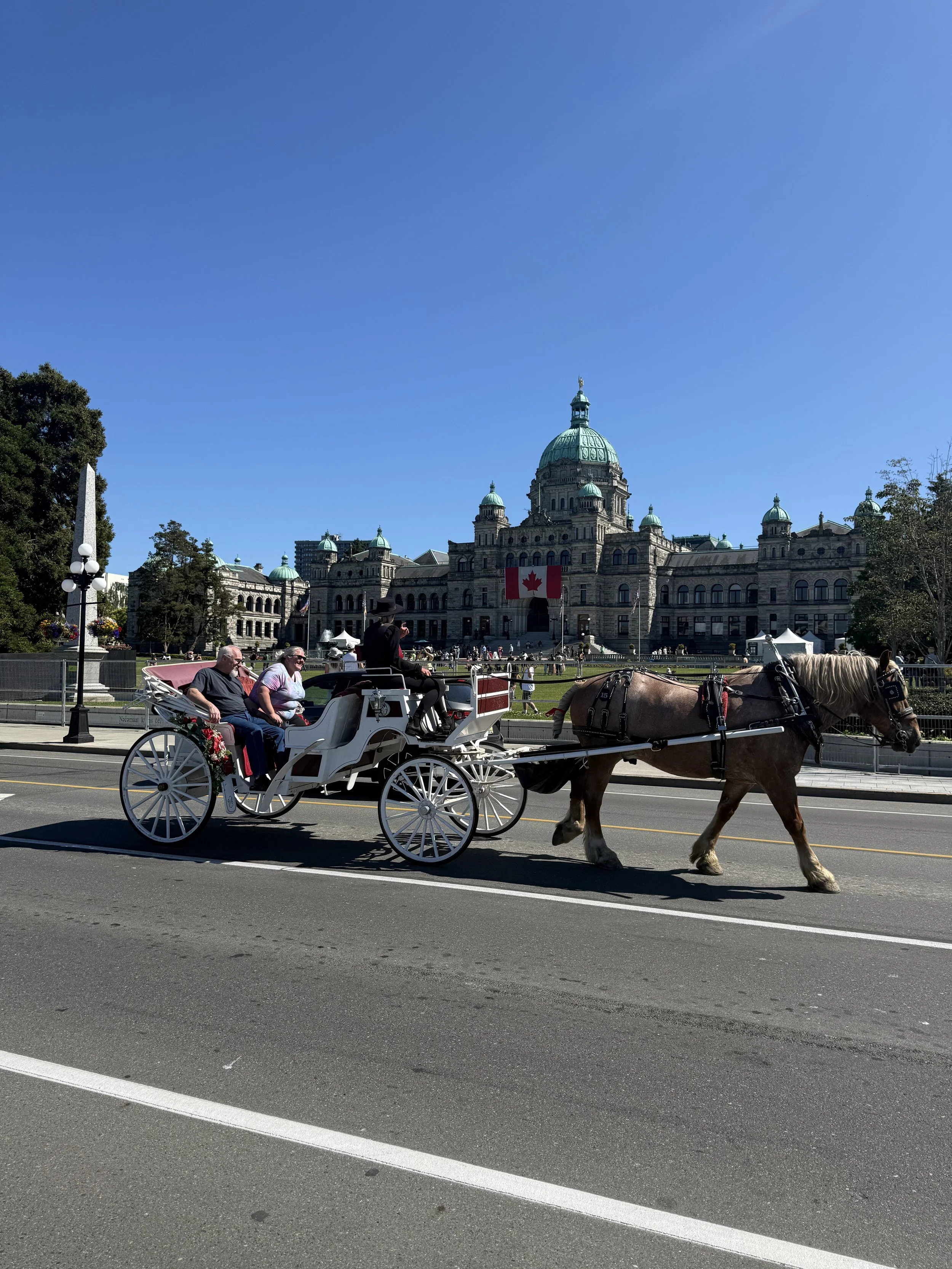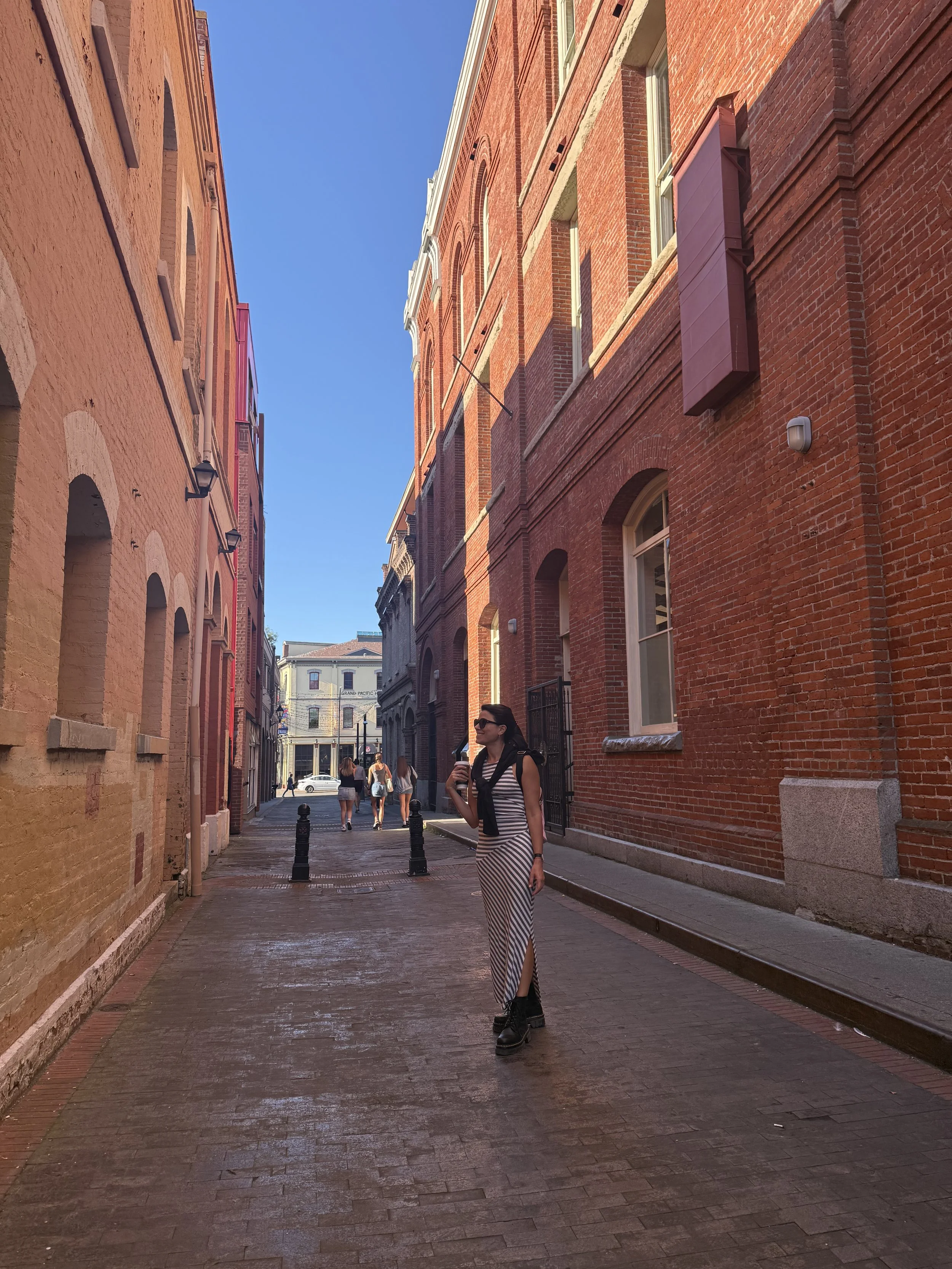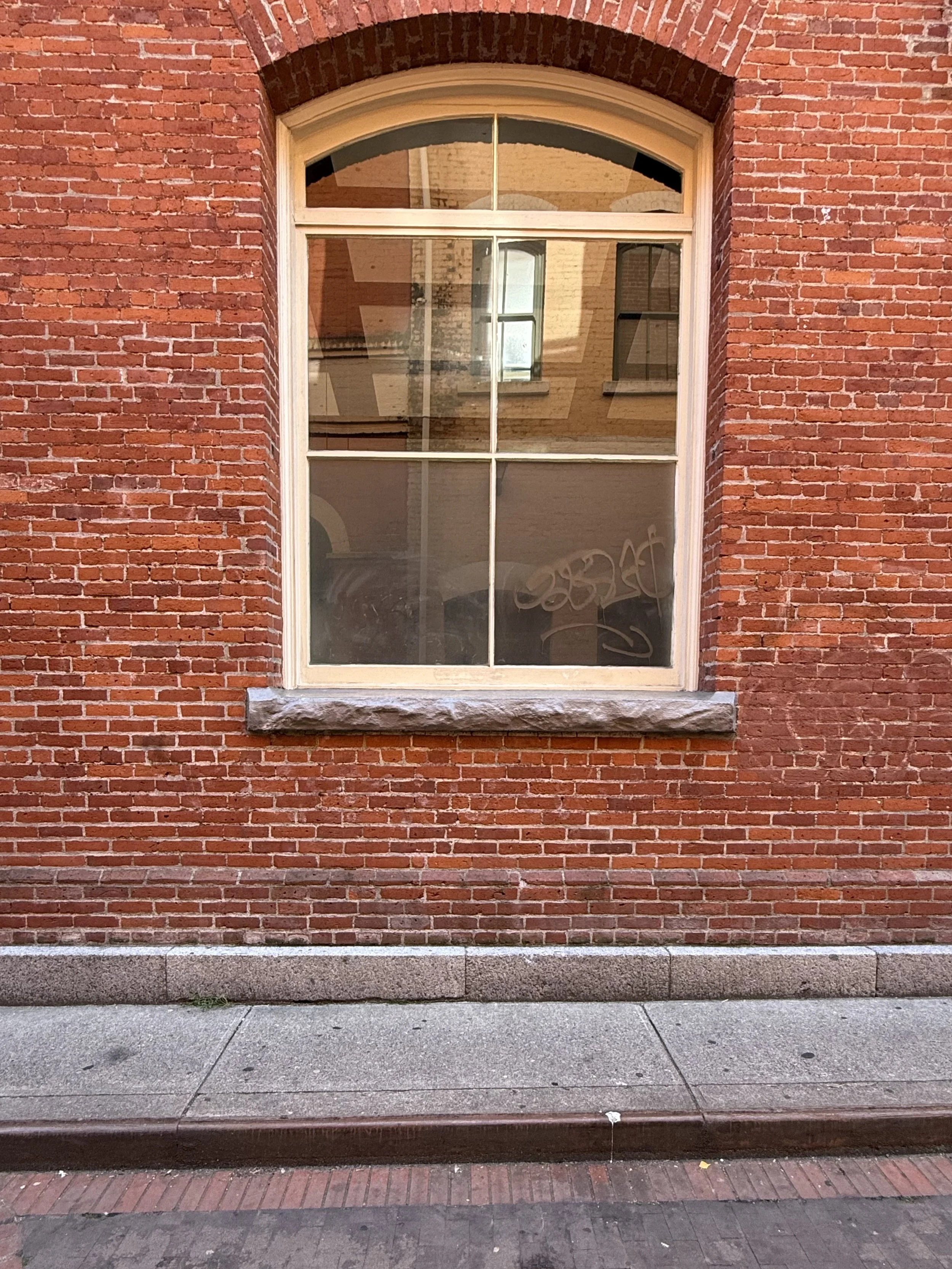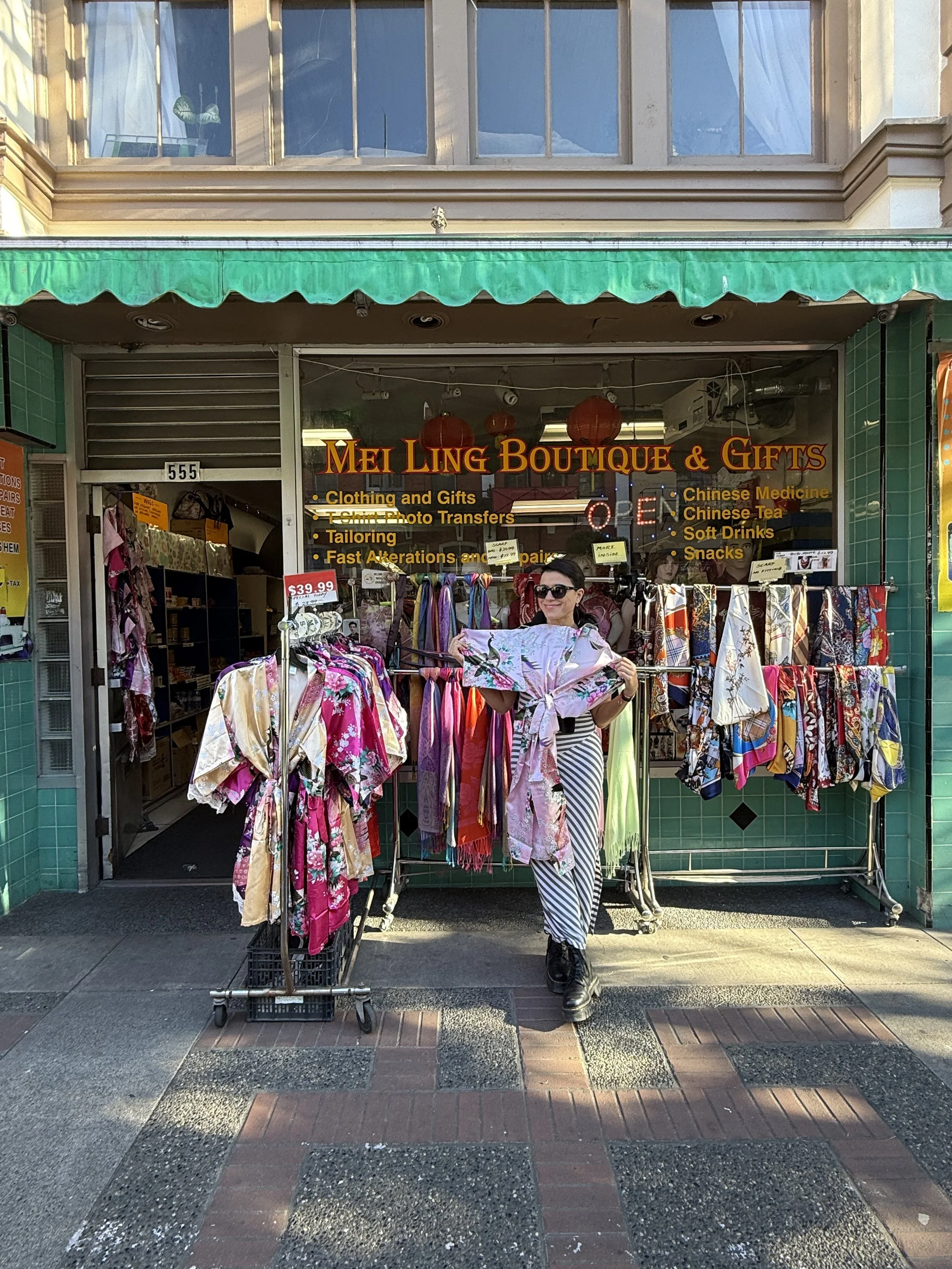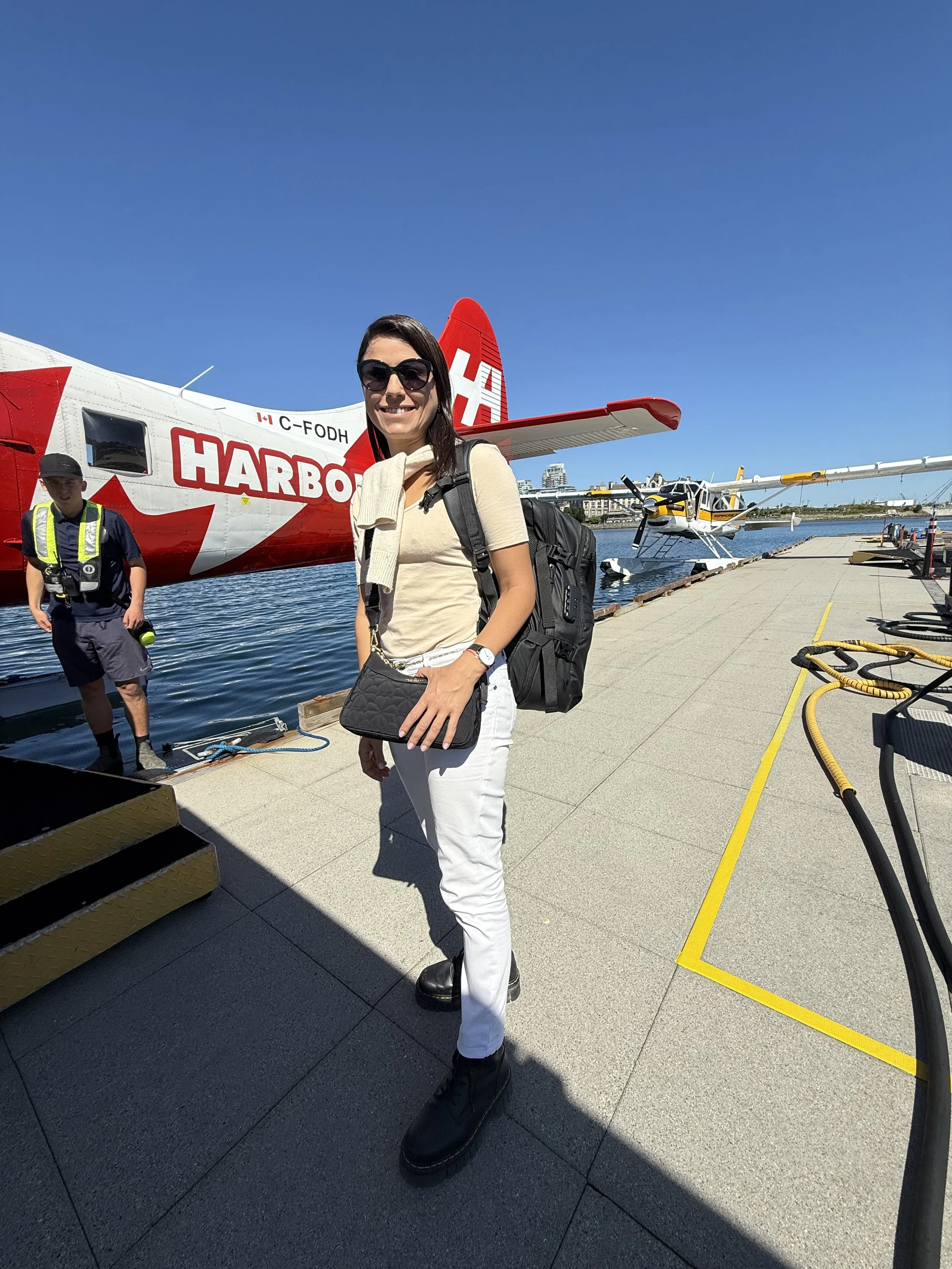Victoria
The beautiful Garden CityIt is known as “The Garden City” because of the abundance of flowers and gardens in the city. It was originally an enclave of the Hudson Bay Company, the British company that had a monopoly on trade in the area, buying land from the indigenous people in exchange for cash, clothing, and blankets.
It is named in honor of Queen Victoria and gained importance as a gateway for opium to North America: its importation from China was legal until the early 20th century, when it was eventually overshadowed by Vancouver.
It is often ranked among the best places to live. Including the suburbs, it has less than 500,000 inhabitants.
Before our trip to Canada, many people warned us about the difficulty of obtaining immigration authorizations to enter the country. We had US visas and had studied the rules, noting that if we entered the country by air, it was sufficient to apply for an ETA, or Electronic Travel Authorization. Well, our entry was cordial and quick, without any setbacks, which allows us to conclude once again that every trip is a personal experience. You can listen to suggestions and opinions, but the reality is that what matters is your own experience.
There are no good public transportation options from the airport to the city center, so we knew we had to take an Uber that would take us directly to our hotel, the Quality Inn Downtown Inner Harbour, on Blanshard St.
We checked in and set out to explore, as we only had that day to do so.
We started our walk in Thunderbird Park, which displays totem poles from the region's indigenous peoples: the Gitxsan, Haida, and Kwakwaka'wakw. Next to it is the Royal Museum, cwhich focuses on history and nature.
Very close by, the Parliament Parlamento stands out. It is a neo-baroque building with a large statue of Queen Victoria. It was completed in 1898. The competition was won by an unknown 25-year-old English immigrant who had never designed a building before, Francis Rattenbury, a character straight out of a movie. His triumph brought him national fame and he went on to work for the Canadian Pacific Railway, which commissioned him to design Victoria's other masterpiece, The Empress Hotel. After falling out with the company, he left to work for the competition, for whom he designed lavish buildings. Unfortunately, its owner died in the sinking of the Titanic and Rattenbury fell from grace. A womanizer, embezzler, and vicious man, he ended up being murdered on his return to England.
We continued on to Fisherman Wharf’s, where we knew we would try the traditional dish of fried fish and chips. Delicious, of course, and in a very lively atmosphere. There we made new friends from Mexico and California.
Fisherman's Wharf is also notable for its houseboats, currently numbering around 35.
After lunch, we returned along the same route to Downtown and the Alleys. First, we passed by the lavish The Empress Hotel, commissioned by Francis Rattenbury in 1908, following the custom of the great railroads to build luxury hotels next to the main stations. It has a French Renaissance château style. It is currently managed by the Fairmont brand. It has 464 rooms and is so expensive that it survives on the overpriced Afternoon Tea.
We continued along Government Street, making our first stop at Munro’s Books, uone of the most famous bookstores in the world. It was opened in 1963 by Jim and Alice Munro, who began writing here and won the Nobel Prize for Literature in 2013.
Then we visited Murchie’s Fine Tea & Coffee, where we stopped to enjoy a cup of hot loose-leaf tea. Delicious.
We continued on to Trounce Alley, the commercial alley with some of the oldest businesses in the city. It retains its original mid-19th-century wooden bricks.
Next was Fan Tan Alley, the narrowest alley in North America, 73 meters long and 90 cm wide at its narrowest point. It was once the area of gambling dens, brothels, and opium dens until 1908, when it became illegal.
Victoria's Chinatown is already making its way into the area. It is the oldest in North America after San Francisco. It had its heyday with gold prospectors and opium merchants. It was the largest Chinese settlement in Canada, doubling the local population. The Tam Kung Temple is the oldest in the country.
On our way back to the hotel, we passed by The Empress, hotel to check out its bar, but we didn't stay as it seemed like a tourist trap.

